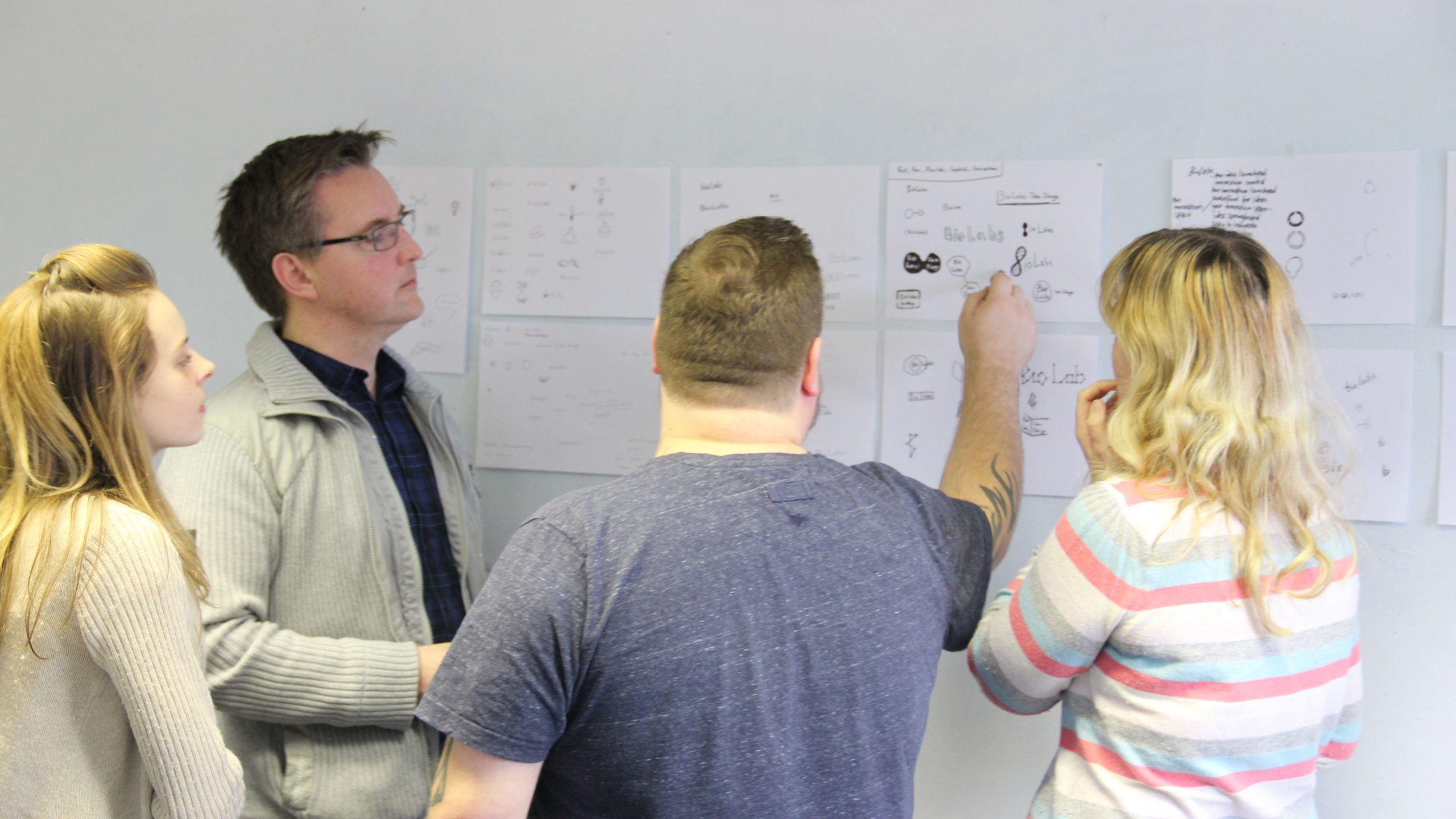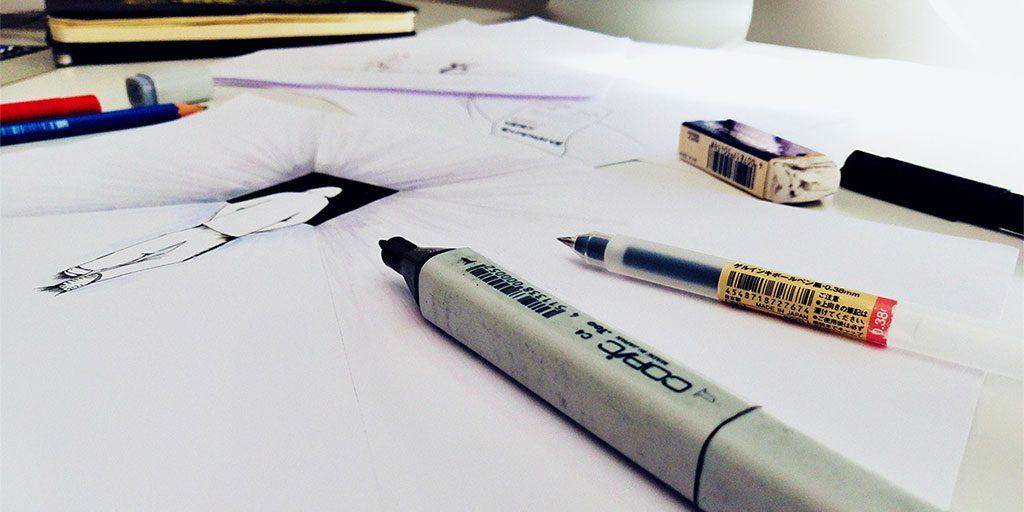How Can We Help?
How to Give Constructive Feedback to Designers
Designers need feedback to do their jobs well. But if the feedback is not constructive or useful, you might find that you aren’t getting what you need from the relationship.
There are so many specialties a designer can have, from UX (User Experience) or CX (Customer Experience) to UI (User Interface) and GUI(Graphical User Interface) all the way to digital, visual and print design. Trying to understand designer’s jargon can be a feat in and of itself.
Tips on Giving Feedback to Designers
It’s important to remember that the designers receiving your feedback are real people, and not necessarily mind-readers. The more detailed and specific you can be, the better people will be able to implement your changes as you intended them. This saves us all time!
1. Don’t make it personal.
You are probably not the end-user of the design you have requested. Try to look at the design from your audience’s point of view, not your own. Digital Product Design is about maximising audience usability, not whether Sue from accounting “likes” it or not.
2. Describe or define words that could be ambiguous.
Asking to make it ‘more fun’, or ‘less complicated’ can mean so many things. Try to be specific and explain exactly what you mean by ‘less complicated’. For example, if it’s that there are too many elements, too much text, specify which elements are complicating things, and which text you’d like to change or remove.

3. Ask more questions.
Don’t just state your opinion as fact. Designers will act on the feedback they receive, even if they think it’s wrong or goes against the principles of design. Asking questions defers to their experience, and opens a dialogue, rather than a jarring critique of their work.
4. Avoid ‘surprise’ feedback.
During the initial presentation, be honest about what you like or dislike. A conversation early on is much easier than having to go all the way back to the beginning.

5. Be prepared to explain why.
By helping designers understand your objective, this usually sparks new ideas they hadn’t previously thought of. Real-world examples are also very helpful. Provide visuals or links to help show what you’re thinking.
6. Remember that critiques don’t always have to be negative.
Compliments can go a long way. Telling a designer what you like can have a better impact than just saying what you don’t like. As they get to know more of what you do like, they’ll get closer to what you’re envisioning faster.
7. Try not to undermine their experience.
You can trust designers to do their job. Let them know the problem, don’t try to solve it. They’re being paid for their professional experience and knowledge, and if they work with us, you better believe they’re amazing!

In conclusion
Getting the results you’re after doesn’t have to be complicated. It’s a conversation that requires clarification at every step. Like any therapist would recommend, ask if what you heard matches up with what they’ve said – and vice versa.
